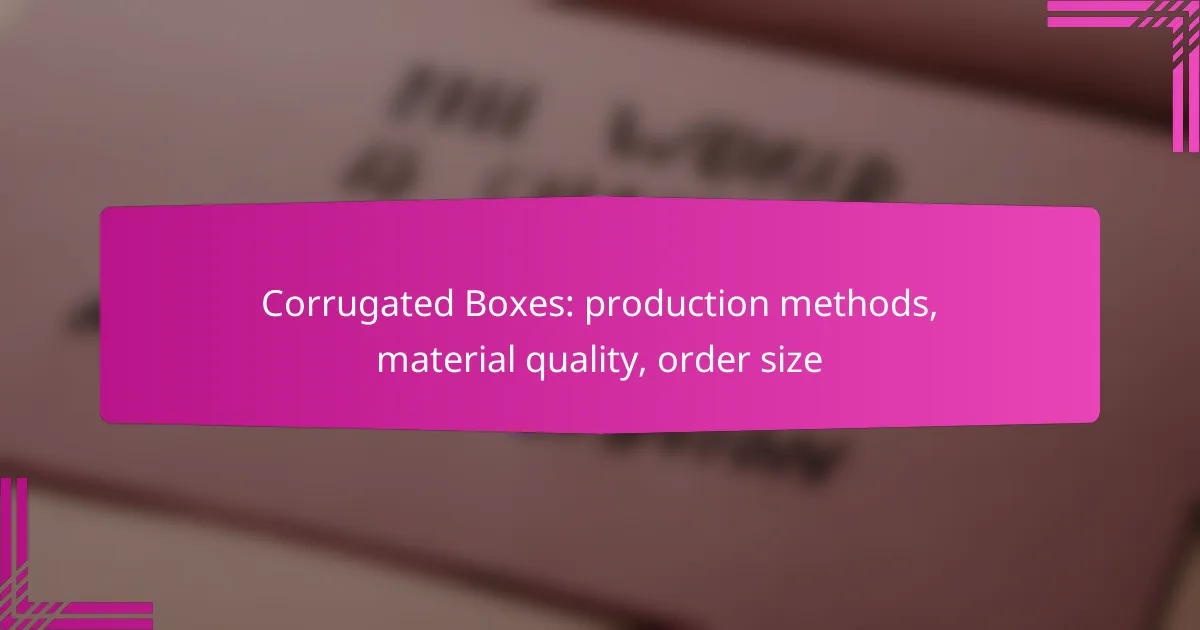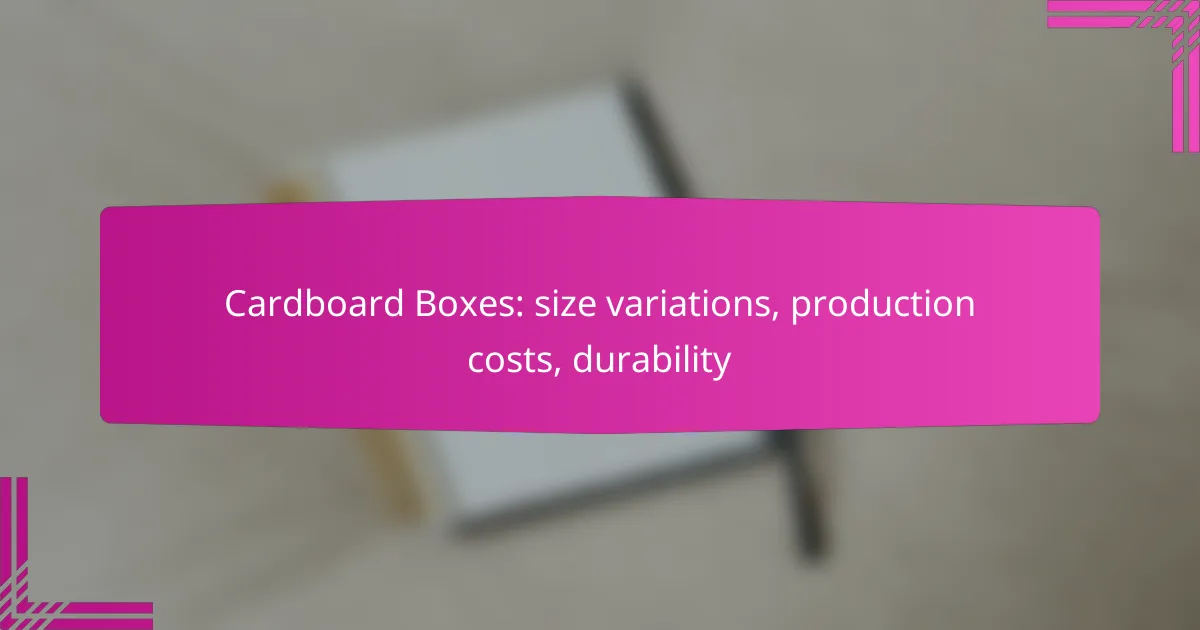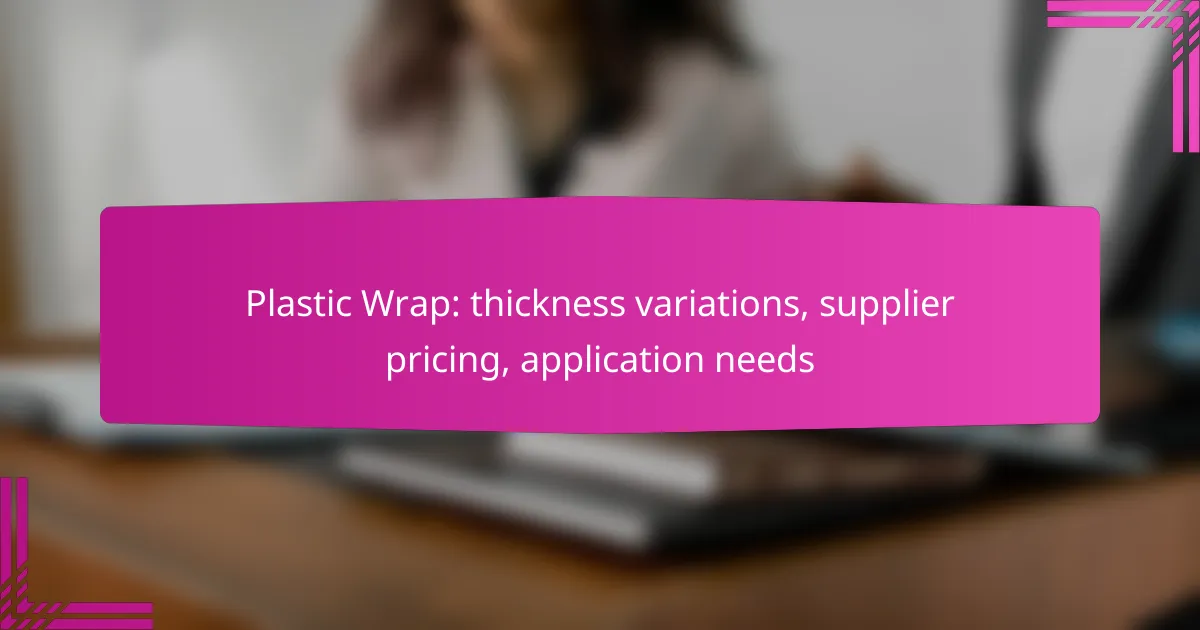Corrugated boxes are produced using various methods, including single-wall, double-wall, and triple-wall techniques, each tailored to specific strength and cost requirements. The quality of materials plays a crucial role in determining the boxes’ durability and performance, with higher quality options providing better resistance to damage. Additionally, order sizes can impact production efficiency and shipping costs, with larger orders typically reducing per-unit expenses while smaller orders offer greater flexibility.
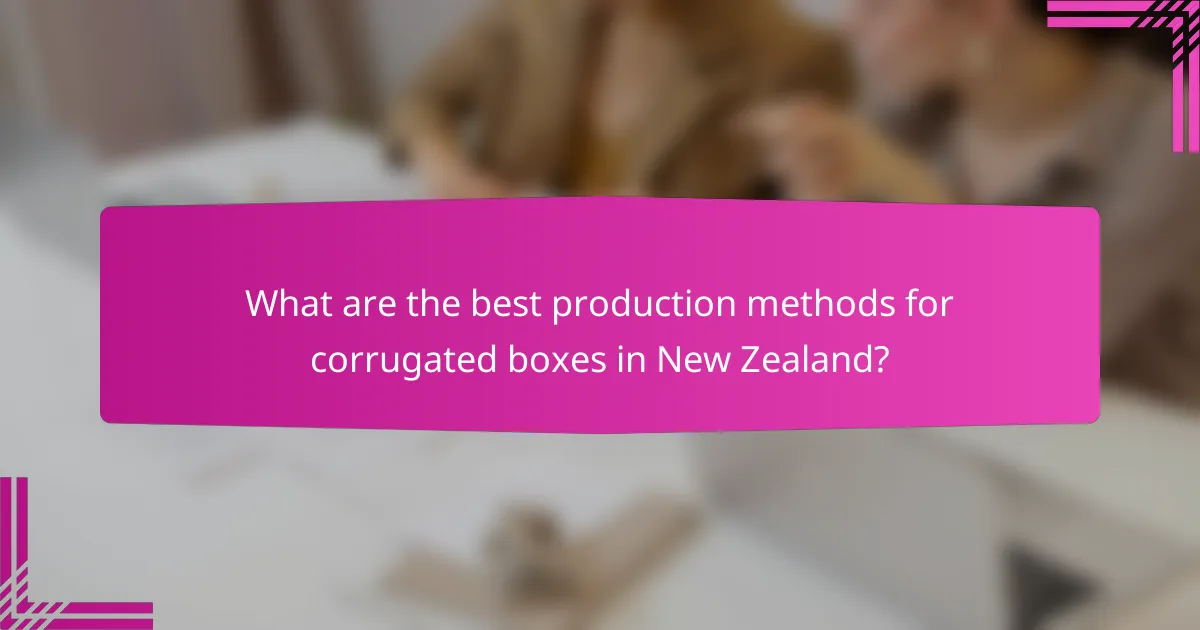
What are the best production methods for corrugated boxes in New Zealand?
The best production methods for corrugated boxes in New Zealand include single-wall, double-wall, and triple-wall techniques, as well as custom die-cut methods. Each method offers distinct advantages depending on the intended use, strength requirements, and cost considerations.
Single-wall production
Single-wall production involves creating boxes with one layer of fluted paper sandwiched between two liners. This method is cost-effective and suitable for lightweight items, making it ideal for shipping and storage of products like electronics or food packaging.
When choosing single-wall boxes, consider the weight and fragility of the items being packaged. They typically provide adequate protection for items weighing up to a few kilograms.
Double-wall production
Double-wall production consists of two layers of fluted paper between three liners, offering enhanced strength and durability. This method is suitable for heavier items or products that require additional protection during transport.
Double-wall boxes can handle weights in the range of several kilograms to over twenty kilograms, making them a popular choice for industrial applications and bulk shipping.
Triple-wall production
Triple-wall production features three layers of fluted paper and four liners, providing maximum strength and protection. This method is ideal for very heavy or fragile items, such as machinery or glass products.
These boxes can support weights exceeding twenty kilograms and are often used in specialized shipping scenarios where damage risk is high.
Custom die-cut methods
Custom die-cut methods allow for the creation of uniquely shaped boxes tailored to specific products. This approach enhances branding opportunities and can improve space efficiency during shipping and storage.
When opting for custom die-cut boxes, ensure that the design meets both aesthetic and functional requirements, as well as compliance with any relevant packaging regulations in New Zealand.
Automated vs manual production
Automated production methods utilize machinery to streamline the manufacturing process, increasing efficiency and consistency. This is ideal for large orders, as it can significantly reduce production time and labor costs.
Manual production, while typically slower, allows for greater flexibility in small batch sizes and custom designs. Consider the scale of your order and the complexity of the box design when deciding between these two methods.
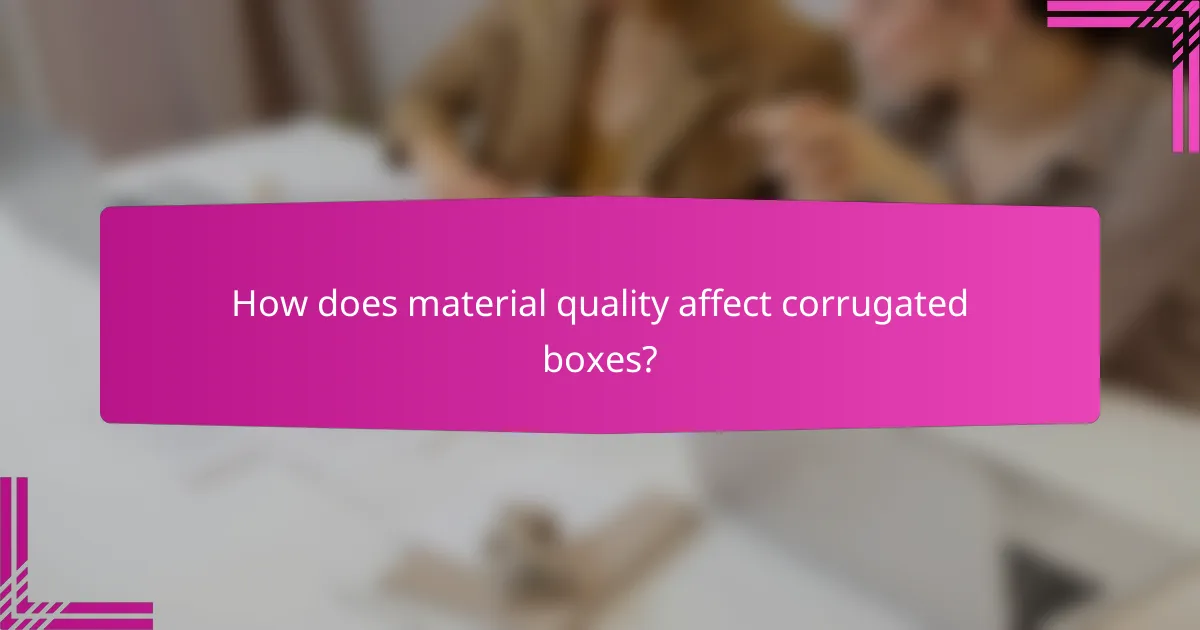
How does material quality affect corrugated boxes?
The quality of materials used in corrugated boxes significantly influences their performance, durability, and cost-effectiveness. Higher quality materials can enhance strength and resistance to damage, while lower quality options may lead to increased breakage and higher shipping costs.
Types of corrugated paper
Corrugated paper is primarily classified into three types: single-wall, double-wall, and triple-wall. Single-wall is the most common, suitable for lightweight items, while double-wall provides added strength for heavier products. Triple-wall offers the highest durability, ideal for heavy-duty shipping needs.
Each type varies in thickness and strength, affecting its suitability for different applications. Understanding the specific requirements of your products will help in selecting the right type of corrugated paper.
Flute profiles and their impact
Flute profiles refer to the shape and size of the corrugated material’s flutes, which can significantly impact the box’s strength and cushioning properties. Common flute types include A, B, C, E, and F, with A being the largest and F the smallest.
A larger flute profile generally provides better cushioning and stacking strength, making it suitable for fragile items. In contrast, smaller flutes are better for printing and provide a smoother surface, which is advantageous for branding and aesthetics.
Recycled vs virgin materials
Corrugated boxes can be made from recycled materials or virgin fibers, each with its own benefits. Recycled materials are often more cost-effective and environmentally friendly, reducing waste and energy consumption.
However, virgin materials typically offer superior strength and durability, making them preferable for high-value or sensitive products. Businesses should weigh the trade-offs between cost, environmental impact, and product safety when choosing materials.
Durability and strength factors
Several factors contribute to the durability and strength of corrugated boxes, including material quality, flute profile, and construction type. High-quality materials and appropriate flute profiles enhance the box’s ability to withstand stacking, impact, and environmental conditions.
When selecting corrugated boxes, consider the weight of the contents, shipping distances, and potential handling conditions. Testing boxes under real-world conditions can help ensure they meet the necessary durability standards for your specific needs.

What are the optimal order sizes for corrugated boxes?
The optimal order sizes for corrugated boxes depend on various factors, including production efficiency, storage capacity, and shipping costs. Generally, larger orders can reduce per-unit costs, while smaller orders may offer flexibility for changing needs.
Minimum order quantities
Minimum order quantities (MOQs) for corrugated boxes typically range from a few hundred to several thousand units, depending on the manufacturer. These quantities ensure that production runs are efficient and cost-effective. It’s essential to check with suppliers to understand their specific MOQs and any associated pricing structures.
Bulk order benefits
Ordering in bulk can significantly reduce the cost per box, as manufacturers often provide discounts for larger quantities. Additionally, bulk orders can lead to lower shipping costs and ensure a consistent supply for businesses with steady demand. However, businesses should consider their storage capabilities to avoid excess inventory.
Custom order considerations
Custom orders for corrugated boxes may have different minimums and pricing structures compared to standard sizes. Factors such as design complexity, materials used, and production time can affect the overall cost and lead time. It’s advisable to communicate specific needs with suppliers to get accurate quotes and timelines for custom orders.

What criteria should be considered when choosing a supplier?
When selecting a supplier for corrugated boxes, consider their reputation, material sourcing practices, and production capabilities. These factors directly impact the quality, reliability, and sustainability of the boxes you receive.
Supplier reputation
A supplier’s reputation is crucial as it reflects their reliability and the quality of their products. Look for reviews, testimonials, and case studies from previous clients to gauge their performance. A well-regarded supplier often has a track record of meeting deadlines and providing consistent quality.
Additionally, consider the supplier’s experience in the industry. Suppliers with several years of operation are likely to have established processes and relationships that enhance their service quality. Networking within industry circles can also provide insights into a supplier’s standing.
Material sourcing practices
Understanding a supplier’s material sourcing practices is essential for ensuring the quality and sustainability of the corrugated boxes. Suppliers should ideally use high-quality, recycled materials that comply with relevant environmental standards. Ask about their sourcing policies and certifications to confirm their commitment to sustainability.
Moreover, consider the geographical location of their material sources. Suppliers that source locally may offer shorter lead times and lower transportation costs, which can be beneficial for your supply chain. Verify if they have reliable partnerships with reputable material providers.
Production capabilities
Assessing a supplier’s production capabilities helps determine if they can meet your specific needs. This includes evaluating their machinery, technology, and workforce expertise. A supplier with advanced technology can produce boxes with precise specifications and higher efficiency.
Additionally, consider their ability to handle various order sizes. Some suppliers specialize in large-scale production, while others may focus on custom or small-batch orders. Ensure that the supplier can accommodate your expected order volume and any potential fluctuations in demand.
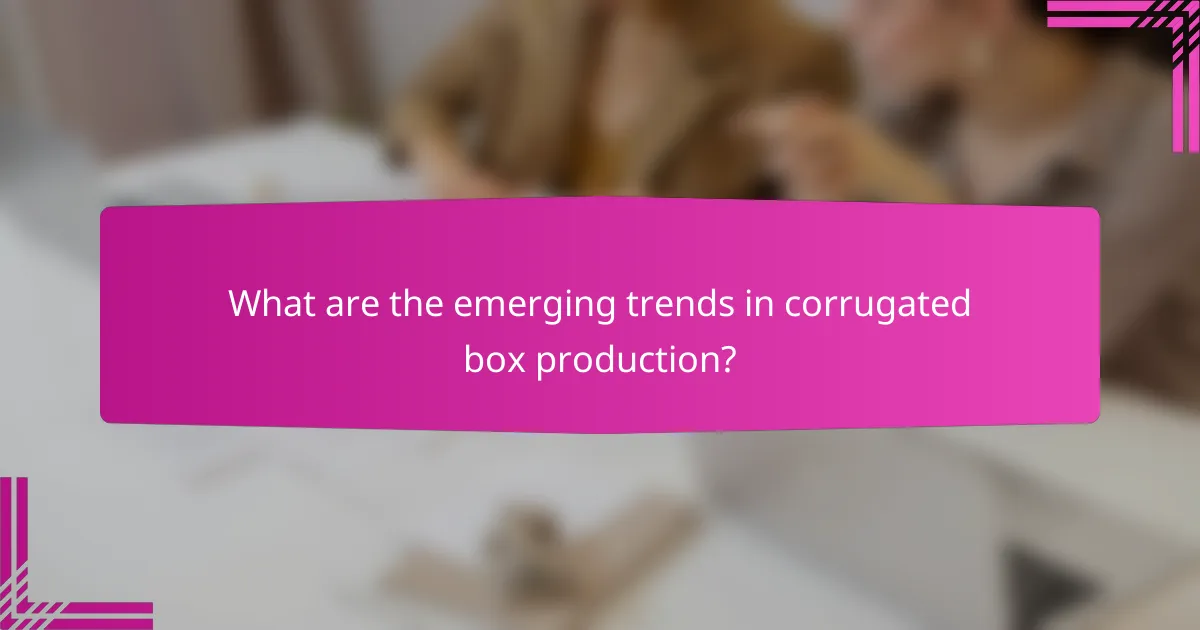
What are the emerging trends in corrugated box production?
Emerging trends in corrugated box production focus on sustainability, technological advancements, and customization. Companies are increasingly adopting eco-friendly materials and innovative manufacturing processes to meet consumer demand for greener packaging solutions.
Sustainability initiatives
Sustainability initiatives in corrugated box production emphasize the use of recycled materials and eco-friendly practices. Manufacturers are shifting towards sourcing sustainable raw materials, such as recycled paper, which reduces waste and energy consumption during production.
Many companies are implementing practices like reducing water usage and minimizing carbon footprints in their operations. For example, utilizing water-based inks and adhesives can significantly lessen environmental impact while maintaining product quality.
Additionally, businesses are exploring circular economy models, where used boxes are collected, recycled, and transformed into new packaging. This not only conserves resources but also appeals to environmentally conscious consumers, enhancing brand reputation.
